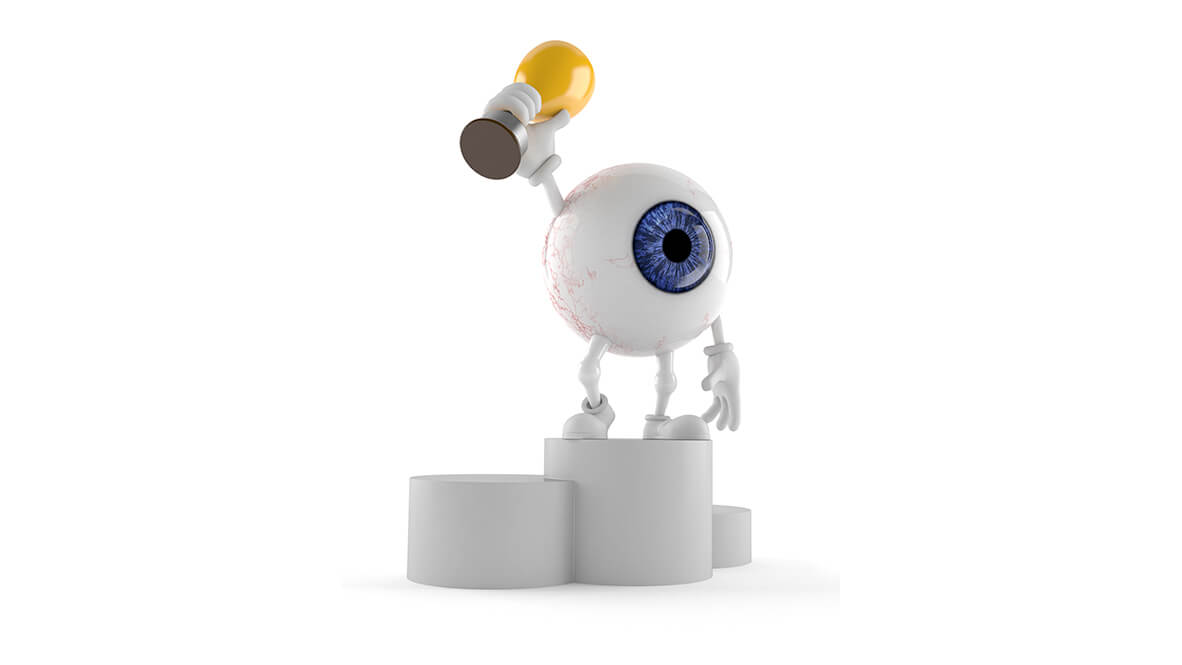With more than 1 billion people, India has the second largest population in the world. In a region where access to healthcare services can be limited in most rural and underserved areas, more people means more potential patients.
This is especially true for cataract, which is the most significant cause of blindness and is responsible for 50% to 80% of bilateral blindness in India.1 It is well known that India experienced a severe cataract backlog in the past, but through government and non-government organization (NGO)-sponsored programs, that number has decreased tremendously.
Through the sheer volume of surgeries performed, Indian ophthalmologists have refined their surgical technique for efficacy and efficiency, with an emphasis on safety.
To learn more, CAKE magazine caught up with Prof. Dr. S. Natarajan, the All Indian Ophthalmological Society (AIOS) president, and head and consultant of Vitreo-Retinal Surgery at Aditya Jyot Eye Hospital in Mumbai, India, at the 2019 Annual Meeting of the American Society for Retina Specialists (ASRS) in Chicago. There, he discussed India’s past and present – and how European ophthalmologists can learn from their Indian counterparts.
A look back: India’s cataract backlog
In the 1970s, increasing rates of treatable blindness due to cataract caught the Indian government’s attention. And in 1976, the National Programme for Control of Blindness and Visual Impairment (NPCB&VI) was launched. At that time, the NPCB&VI was 100% government-sponsored, with the goal of reducing the prevalence of blindness to 0.3% by 2020.
“They did a lot of camps to identify cataract in the small places like schools,” said Dr. Natarajan, adding that now the camps are done in hospitals. “This started in the early 1960s and then it picked up in the 1970s. In the 60s they were doing intracapsular cataract extraction (ICCE).”
During this time, Dr. Natarajan says that they increased the number of cataract surgeons to help handle the backlog. Government incentives also created an initiative for surgeons to take up the cause: “For example, if you registered with the government or the National Programme for the Control of Blindness, and you are doing the surgery for free, they would reimburse the surgeon 750 rupees or about $100 for the cataract surgery,” he explained. “This encouraged the other surgeons to do it . . . it doesn’t cover the whole thing, but instead of a total loss you have something to cover the surgery. And when bigger hospitals did it, and because of the sheer numbers, they could manage the expenses.”
Further, he said that every state and region [in India] has a premier institute of ophthalmology: “Their main thing is to prevent blindness for the needless blind, like cataract and glaucoma – and cataract is the primary one.”
To show the increase in cataract surgeries in India, there were roughly 1.2 million cataract surgeries per year in the 1980s, and the cataract surgical output increased to 3.9 million per year by 2003.1 Fast forward to 2016-2017: Over 6.48 million of cataract surgeries were performed in India.2
A lesson in refining techniques for efficiency
Dr. Natarajan said that in all the government hospitals today, everyone is an expert in cataract. “Every day, everywhere, cataract surgery is being done.”
So, how did the rate of cataract surgeries increase from 1.2 to 6.48 million annually over the last few decades? By refining their technique to make surgeries more efficient.
“I went to Brazil last month, and they were admiring the amount of cataract surgery done in India,” he shared. “I think they would like to do something like that.”
Dr. Natarajan explained that there is a system in place for European ophthalmologists who would like to come to India to train and become quicker and more efficient in cataract surgery. Ophthalmologists from outside of India need to be licensed and registered through the proper Indian channels. “They can come to India and learn how to refine the technique, then implement that into their practice at home,” he said.
“The main goal should be ‘patient first’ – it should be refining the technique in every case, so the patient benefits from the best surgery with the best surgical skills,” said Dr. Natarajan, noting that approximately 1,000 cataract surgeries are performed daily in the bigger hospitals in India. In the camps, about 100 are completed per day – all to combat the backlog. “I don’t think that would be required for a European doctor,” he continued, adding that there is something to be gained from the volume of patients – and that comes in the form of unusual pathologies.
“I think the variety of patients available, apart from cataract, make for the different pathologies. Maybe in their country, they would normally see one per day, but in India they could see 10 to 20 of those cases per day,” he said. “I always recommend that they should go and see some other operating rooms to see what each one is doing and pick up what they like, what’s good for their country and follow that.”
Opportunities for training and innovation
India is also a hotbed for ophthalmic innovation, notably in instrumentation and intraocular lenses (IOLs) – and much of it is driven by low cost.
Dr. Natarajan said the cheapest IOL in India currently runs about USD $2 – the low cost is tied to government and NGO subsidies, along with the sheer volume of patients which allows for lower prices. The IOL market is growing in India – and that’s because the demand is there.
“About two-thirds of India’s population will have cataract in the next 30 years – so that’s the market. They’re thinking cataract is going to happen, and everyone is working on the maximum capacity to do the surgery,” he said. Of course, premium IOLs are available in India as well, at a cost that Dr. Natarajan believes is lower than in developed countries.
According to Dr. Natarajan, in addition to IOLs, European doctors can take advantage of India’s lower cost instruments and other technologies.
“I think the microsurgical instruments – in India, they make the best and they’re cheaper – maybe 1/10 the cost of what’s available in Europe,” he shared, adding that this could be a great advantage for European surgeons.
Of the different Indian companies focusing on microsurgical equipment, several stand out to Dr. Natarajan, including Kholsa and Epsilon (both located in Mumbai) and Appasamy Associates (Chennai), which also manufactures and distributes ophthalmic equipment, microscopes, lasers, pharmaceuticals and IOLs.
Lenses coming out of India would also be advantageous to European physicians from a cost-versus-quality perspective. For example, Biotech Healthcare Group (Gujarat) has developed OPTIFLEX TRIO, a diffractive-refractive trifocal IOL used for presbyopia correction; while Care Group (Gujarat) has a single-piece posterior chamber phakic IOL, called IPCL V2.0 (Implantable Phakic Contact Lens).
On the imaging end of things, Bangalore-based Remedio is gaining popularity, with products like the C3 Field Analyser, the world’s first clinically validated portable visual field perimeter device, where the test is performed in a wearable headset format is administered using a smart phone.
Meanwhile, there are opportunities for companies from the West to enter India as well. “Even now, more than 50% of IOLs are from the West. In India, you have to think of the mass – the numbers – that will help show a profit, even if the devices are more expensive.”
References
1 Murthy G, Gupta S, John N, Vashist P. Current status of cataract blindness and Vision 2020: The right to sight initiative in India. Indian J Ophthalmol. 2008;56(6):489-494.2 Maharana PK, Chhablani JK, Das TP, et al. All India Ophthalmological Society members survey results: Cataract surgery antibiotic prophylaxis current practice pattern 2017. Indian J Ophthalmol. 2018;66:820-824.
2 Maharana PK, Chhablani JK, Das TP, et al. All India Ophthalmological Society members survey results: Cataract surgery antibiotic prophylaxis current practice pattern 2017. Indian J Ophthalmol. 2018;66:820-824.




